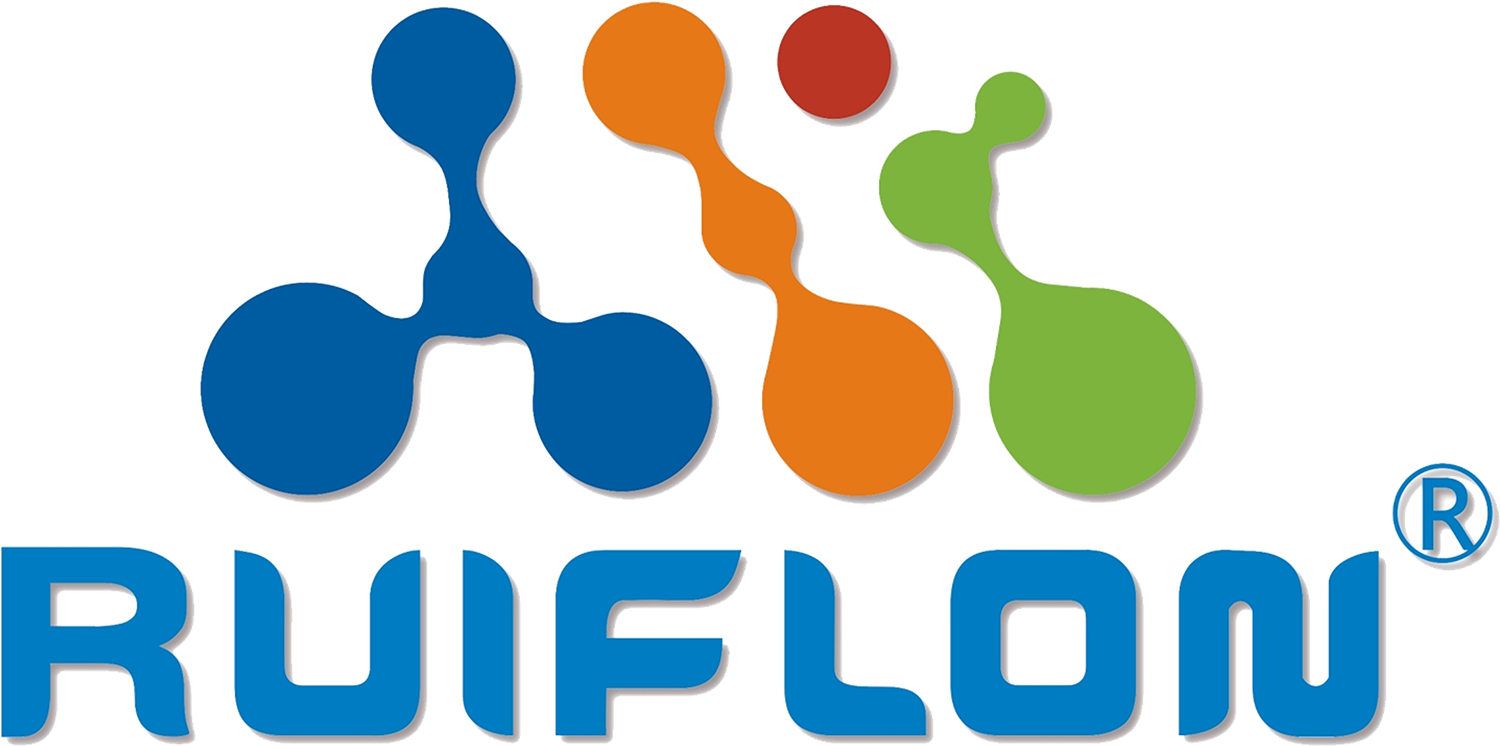Conductive PTFE Membrane
Conductive PTFE Membranes combines the excellent properties of standard PTFE—such as chemical resistance, temperature stability, and non-stick characteristics—with added electrical conductivity.
These membranes are typically created by incorporating conductive materials like carbon, graphite, or metallic fillers into the PTFE matrix during the manufacturing process.
Details
Key Features
- Electrical Conductivity: The primary feature of conductive PTFE membranes is their ability to conduct electricity. This is achieved by adding conductive fillers, such as carbon black or metallic particles, to the PTFE material, which enables the membrane to serve as a conductor in electrical applications.
- Chemical Resistance: Like all PTFE products, conductive PTFE membranes retain the excellent chemical resistance of pure PTFE. They are highly resistant to a broad range of chemicals, including acids, alkalis, solvents, and other corrosive substances.
- High-Temperature Resistance: These membranes are able to perform in a wide temperature range, typically from -200°C to 260°C, without degradation, making them suitable for high-temperature applications.
- Low Friction and Non-stick: Conductive PTFE membranes maintain the low friction and non-stick properties of PTFE, which means they can be used in applications requiring smooth movement or to avoid material build-up.
- Porosity: Depending on the specific formulation, conductive PTFE membranes can be microporous, allowing for applications that require filtration or separation. They can also be made to specific porosity levels to meet the needs of particular industries.
- Durability: These membranes are known for their long-lasting durability. They are resistant to wear, environmental degradation, and high-pressure conditions.
- Biocompatibility: Conductive PTFE membranes can also be biocompatible, meaning they are safe for use in medical and food-related applications without posing harm to humans.
Applications
- Cables for Noise Resistance/Low Noise Applications: Conductive PTFE membranes are indeed suitable for noise resistance and low-noise applications, especially in cables that require protection against electromagnetic interference (EMI), electrostatic discharge (ESD), and signal degradation.
- Electrostatic Discharge (ESD) Protection: These membranes help in controlling static buildup, which can damage sensitive electronic components. They are used in ESD-safe packaging materials or as components in devices that require controlled environments.
- Filtration: Conductive PTFE membranes can be used in filtration applications where both electrical conductivity and chemical resistance are required.
- Fuel Cells: In fuel cell technology, conductive PTFE membranes are used as separators or electrolyte materials.
- Battery Manufacturing: Conductive PTFE membranes are used in the production of batteries, particularly in applications requiring high-performance separators for lithium-ion or other types of batteries. These membranes can help in controlling ionic flow while preventing short circuits or other performance issues.
- Medical Devices: Conductive PTFE membranes can be used in medical devices where both biocompatibility and conductivity are required.
- Electronics: In the electronics industry, conductive PTFE membranes can be used as part of flexible circuit boards, insulators, or in applications requiring electrical conductivity in addition to high chemical and temperature resistance.
- Solar Energy: In solar cells or other renewable energy technologies, conductive PTFE membranes may be used to facilitate the proper flow of electricity while providing durability and chemical resistance in outdoor environments.



